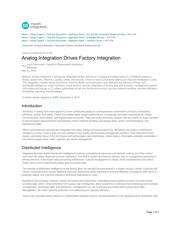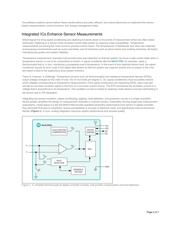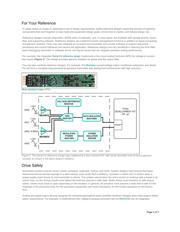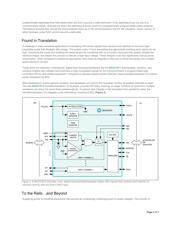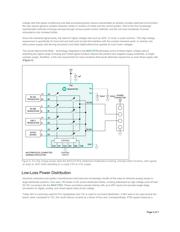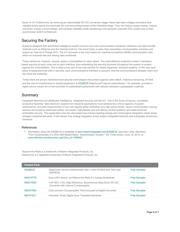Datasheet 搜索 > 开发套件 > Maxim Integrated(美信) > MAX31855PMB1# 数据手册 > MAX31855PMB1# 开发手册 1/7 页
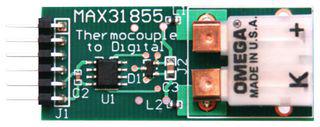
¥ 252.942
MAX31855PMB1# 开发手册 - Maxim Integrated(美信)
制造商:
Maxim Integrated(美信)
分类:
开发套件
描述:
评估模块, MAX31855 K型热电偶至数字转换器, 14位输出
Pictures:
3D模型
符号图
焊盘图
引脚图
产品图
MAX31855PMB1#数据手册
Page:
of 7 Go
若手册格式错乱,请下载阅览PDF原文件

Maxim > Design Support > Technical Documents > Application Notes > A/D and D/A Conversion/Sampling Circuits > APP 5758
Maxim > Design Support > Technical Documents > Application Notes > Embedded Security > APP 5758
Maxim > Design Support > Technical Documents > Application Notes > Interface Circuits > APP 5758
Keywords: analog integration, integrated factory, hardware-based security
APPLICATION NOTE 5758
Analog Integration Drives Factory Integration
By:
John Mossman, Control & Automation Marketing
Manager
Mar 21, 2014
Abstract:
Analog integration is driving the integrated factory. Advances in analog and mixed-signal ICs contribute greatly to
factory productivity, efficiency, quality, safety, and security. These all lead to increased uptime and reduced maintenance costs.
This integration enables robust machine to machine (M2M) communications and ultimately the internet of things (IoT).
Distributed intelligence, smart machines, smart sensors, and the integration of factory data with business-management systems
(information technology or IT) allows optimization of not only the factory process, but also material handling, machine utilization,
scheduling, reporting, and throughput.
A similar version appears on EDN, December 7, 2013.
Introduction
Advances in analog and mixed-signal ICs have contributed greatly to unprecedented combinations of factory productivity,
efficiency, quality, and safety. These ICs enable higher system performance, increasingly accurate measurements, robust
communication, lower power, and higher levels of security. They are central to factory systems that act rapidly on large numbers
of sensor-based measurements that precisely control material handling, processing steps, power and temperature, and
operational safety.
When computational resources are integrated into these analog and mixed-signal ICs, the factory can deploy a distributed
intelligence model. Factory data can now interface more readily with business-management systems. This integrated factory
model, comprising many of the techniques and technologies described below, makes factory information available worldwide in
real time to supply chain, sales, logistics, and senior management.
Distributed Intelligence
Integrated factories exploit distributed intelligence, pushing computational resources and decision making out of the control
room and into widely dispersed process machinery. This shift in system architecture delivers data to management personnel in
almost real time. It eliminates data-processing bottlenecks. It allows management to deploy more measurement and control
nodes, and to act on significantly larger sets of process data.
The benefits of distributed intelligence to the factory floor can actually be summarized in a single concept: uptime. Factories will
reduce measurement-to-control feedback latencies; experience better reporting of process efficiency, throughput, WIP (work-in-
progress) status, and machine utilization; and lower maintenance costs.
Benefits to the company, however, extend far beyond the factory floor. Integrated-factory systems provide up-to-the-minute
workflow data, which, when combined with supply-chain intelligence, allow operations to optimize their scheduling and inventory
management. Worldwide sales and distribution management can act on precise and timely factory productivity data.
Management can better optimize production-line balancing and capacity utilization.
These many benefits clearly depend on sophisticated software tools for optimal operation at the highest level of abstraction. But
Page 1 of 7
器件 Datasheet 文档搜索
AiEMA 数据库涵盖高达 72,405,303 个元件的数据手册,每天更新 5,000 多个 PDF 文件

